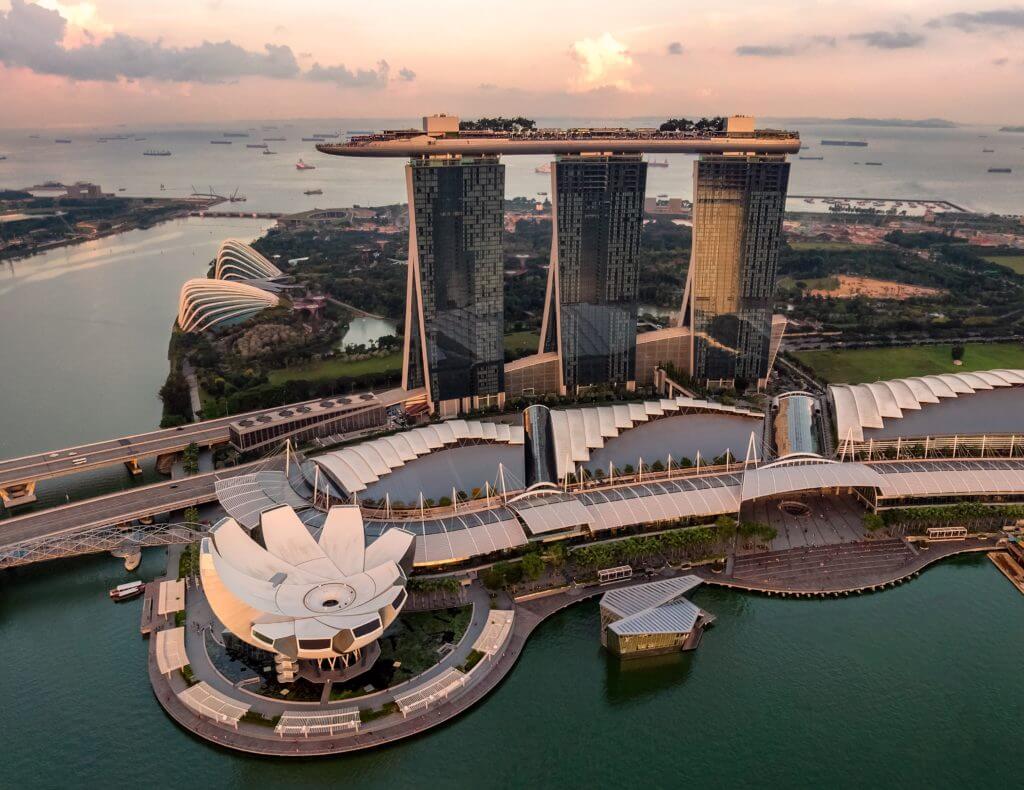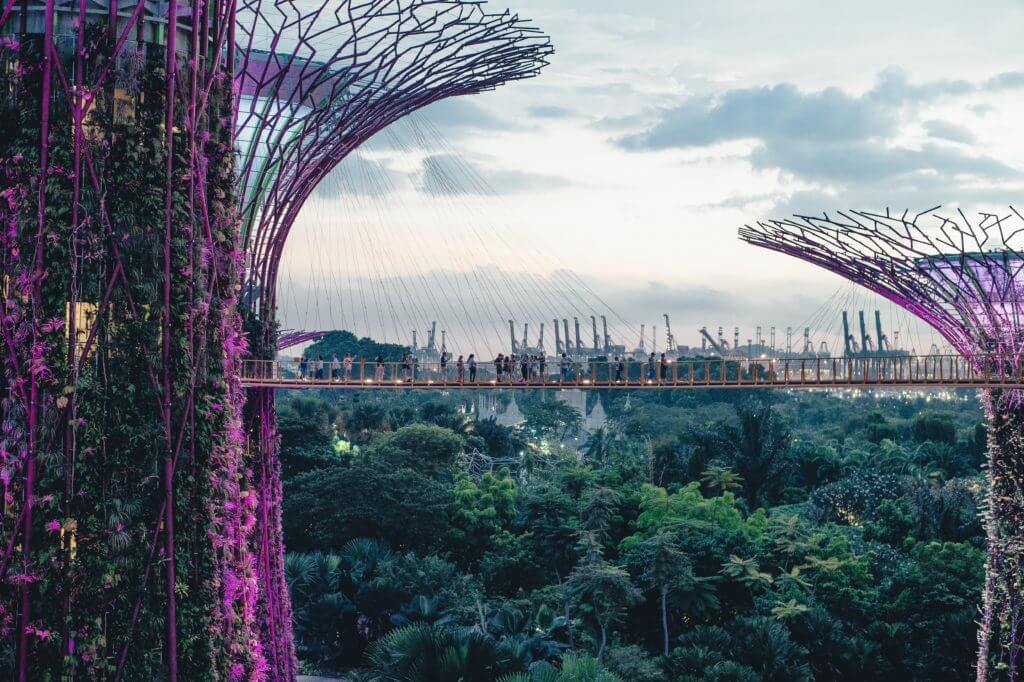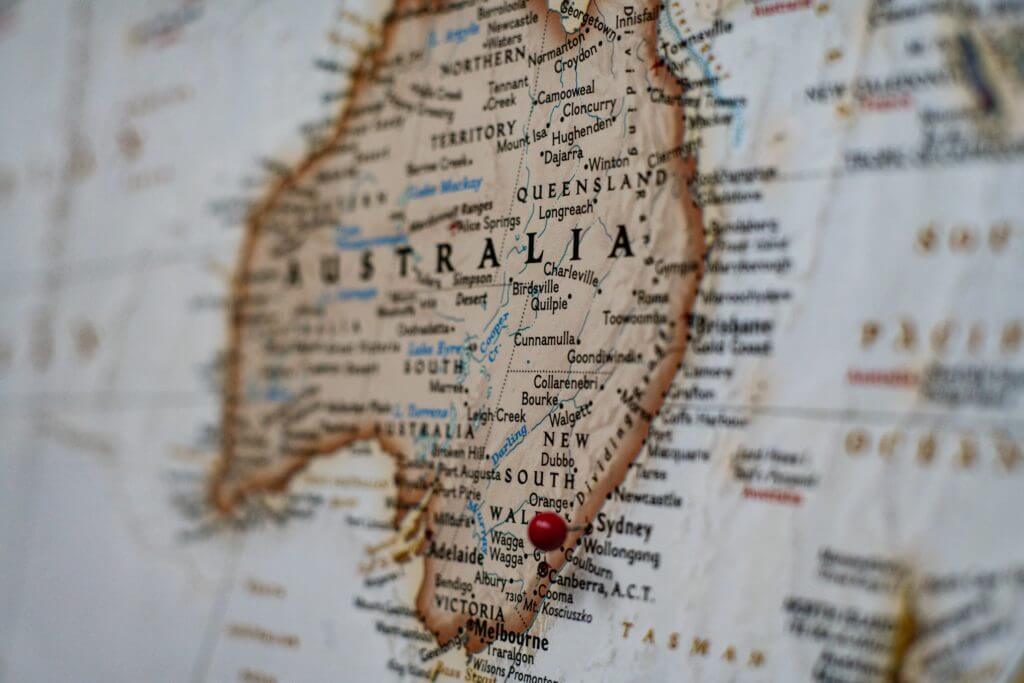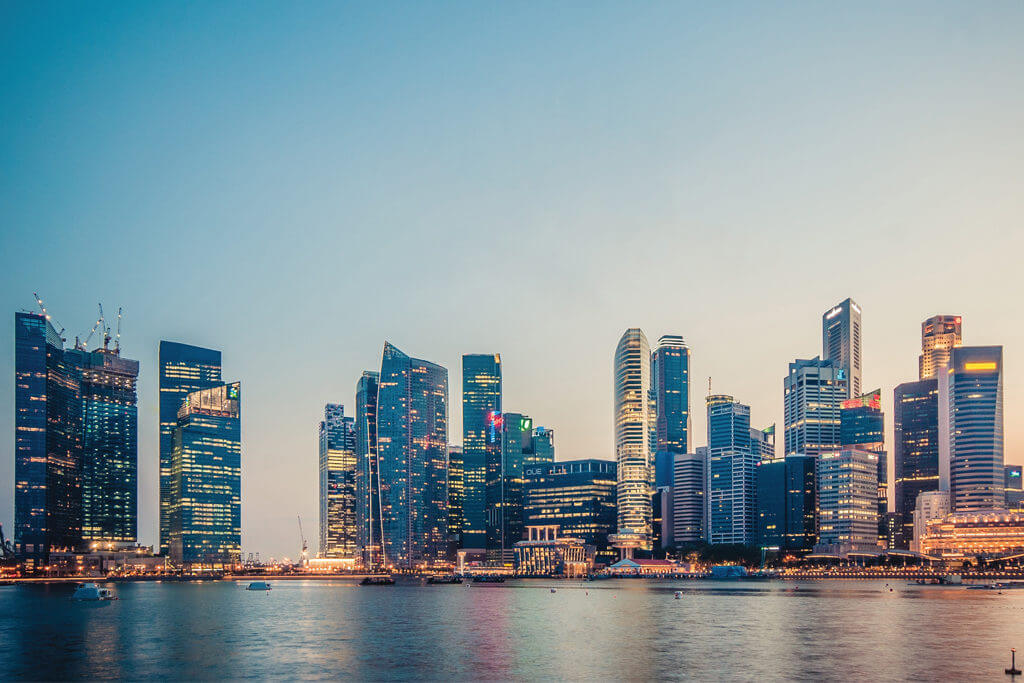It was only in the second half of 2016 when Chinese investment in Australian property reached a stage that Carrie Law, chief executive of Chinese property website juwai.com, described as one where “money was falling from the heavens for vendors and developers.”
Fast forward to the present day and China, expectedly, still remains the largest source of Australia’s foreign real estate investment.
However, following the implementation of tough new laws targeting foreign investors by both state and federal governments as well as China’s capital controls that saw investment figures drop by 65.2 per cent in the 2017/18 financial year, China’s stronghold over the Australian property market is nowhere near where it once was.
With increased Chinese investment into other nearby countries such as Thailand, Vietnam and Japan which have notably looser restrictions than Australia, another Asian country has begun to make a name for itself down under as the ‘new China’ of property investment.
Between 2016-2017, investment from Singapore – a country 13,770 times smaller and with a billion less people than China – in Australia soared 64 per cent to $4.48 billion.

In fact, Singaporeans are now more inclined than ever to look overseas for potential property following the government’s introduction of new measures designed to check property prices.
In a media release earlier this month, the Singaporean government announced adjustments to the Additional Buyer’s Stamp Duty (ABSD) rates and Loan-to-Value (LTV) limits on residential property in the hope of cooling their property market which had recently only been trending upwards.
The joint announcement issued by the Ministry of Finance, the Ministry of National Development and the Monetary Authority of Singapore will see the ABSD rate rise by five per cent to 20 per cent for foreigners purchasing residential property, and an increase of ten percent to 25 per cent for entity buyers.
The new regulations are expected to hit Singapore citizens and permanent residents the hardest. For those purchasing their first property, the ABSD rates will be retained at zero and 5 per cent respectively, but those purchasing their second and subsequent property will be hit with a five per cent increase to 12 per cent and 15 per cent, respectively.

The news comes at an uncertain time for Singapore’s wider property market which has been become known for its unpredictability, especially in the last 12 months.
After experiencing a 15-quarter decline which lasted until October 2017, the Singapore property market has since been boosted by a sharp increase in private residential prices of 9.1 per cent.
With the Singaporean government continuing to, according to the media release, “monitor and adjust [their] policies as necessary to maintain a stable and sustainable property market,” it appears that the property market will end its period of tumultuousness and may finally find some stability.
While Singaporean nationals might find themselves holding off on investing in property in their own country, this doesn’t by any means suggest they’re turned off the idea of property investment altogether.
Placing third in the World Economic Forum’s (WEF) 2017 list of most competitive economies, there is no shortage of money flowing into Singapore, and judging by the figures, Singaporean investors are more than willing to spend big on quality, international real estate – especially at a time where their country’s market isn’t offering them a great deal.
But this isn’t anything new – Singaporeans have been notoriously strong investors in Australian property, drawn to the country’s economic resilience, adaptability and 26-year record of steady growth, according to Alice Tan, director of consultancy and research at Knight Frank Singapore.
“Australia has been a popular overseas property destination for Singaporeans, especially for the recent two generations.
“It continues to maintain its appeal as evident from recent survey findings from Knight Frank’s 2018 Wealth Report, where Australia ranked second on the list of top five destinations where Singapore Ultra High Net Worth Individuals (UHNWIs) plan to buy prime property in 2018,” Tan told Singapore Business Review.

Aside from the strong long-term capital appreciation potential for investors, there are numerous other drawcards luring Singaporeans to Aussie shores, according to Priyaranjan Kumar, regional director for capital markets in Asia Pacific at Cushman & Wakefield.
“Australia is a favoured investment destination for more reasons than one. Language, high quality of developments, long tenured lease structures, high degrees of market transparency, property laws freehold land titles, and historically very liquid secondary markets are some of the factors which make investing down under very attractive,” said Kumar.
Twillis recently travelled to Singapore to present our exclusive partners with some of Australia’s finest project developments. The feedback we received was extremely positive, with many reporting that the new regulations are forcing their high net worth clients to look for investment opportunities overseas, but prior to Twillis had no way of orchestrating the sale.
“Twillis has provided a real solution in the real estate field as it now provides property professionals with the ability to transact anytime, anywhere,” said Matt McGrath, senior business development manager at Twillis.
As many project developers in Australia are quickly finding out, the local market conditions have shifted dramatically, and it’s time to consider other avenues such as Singaporean investors as valid partners to maintain their sale expectations.

